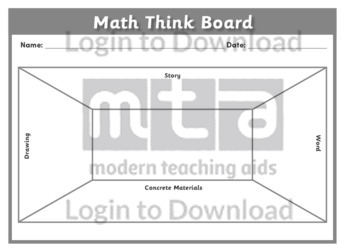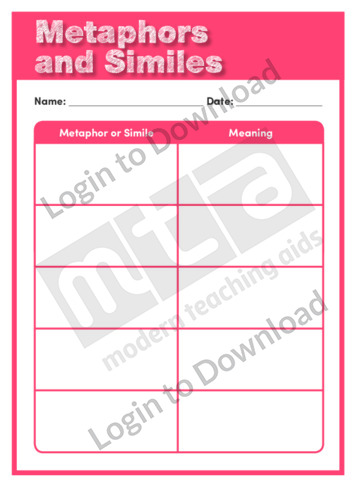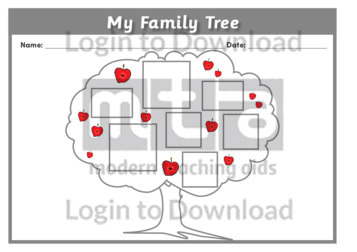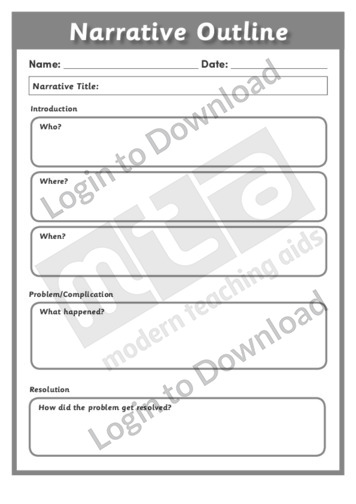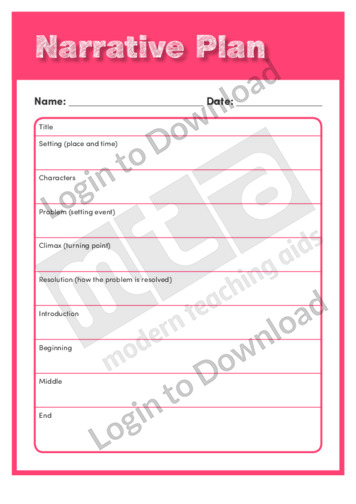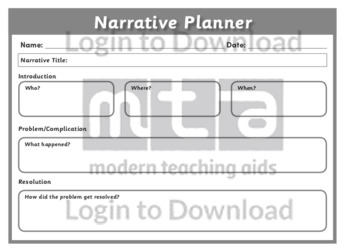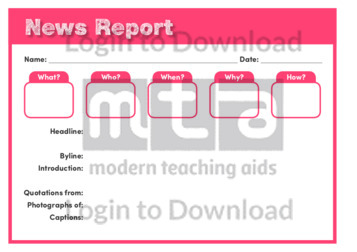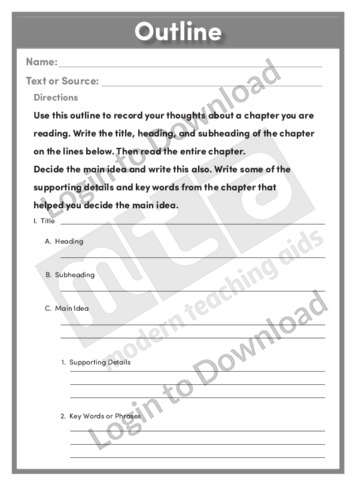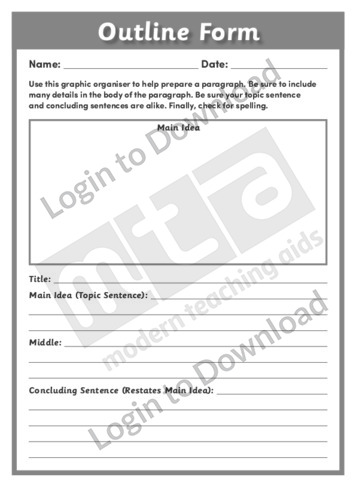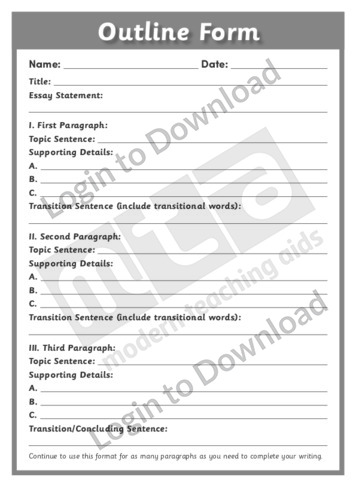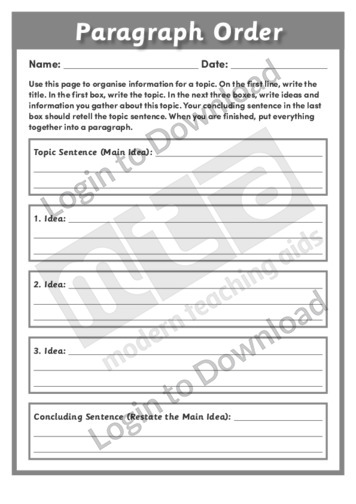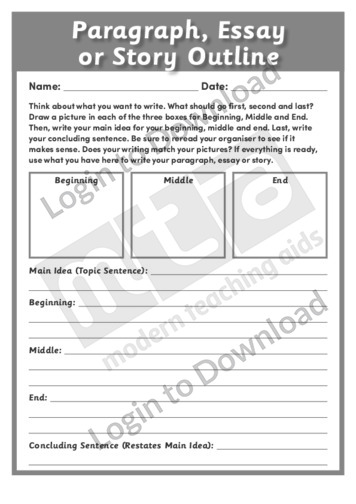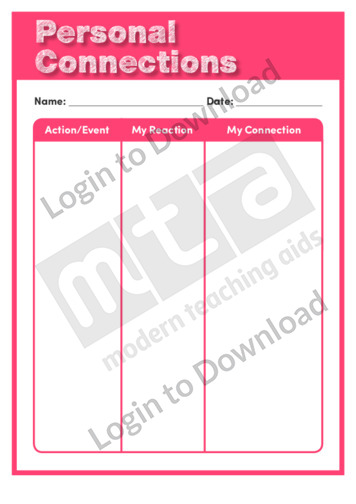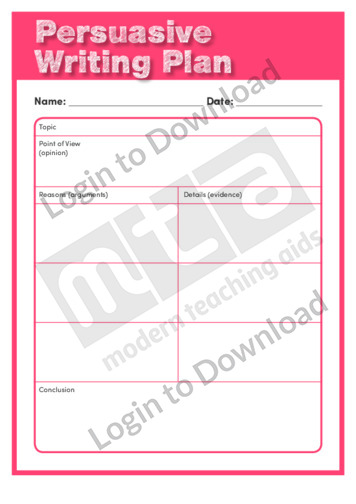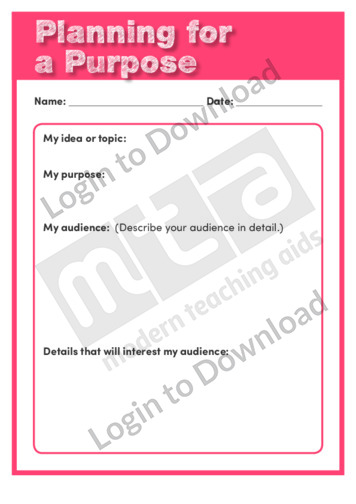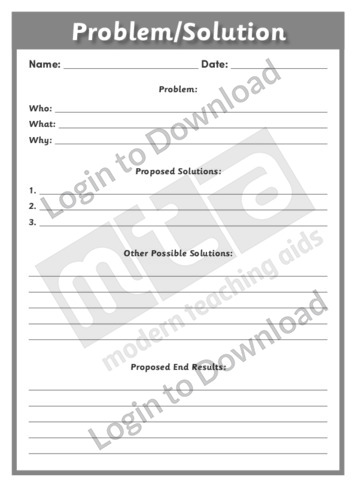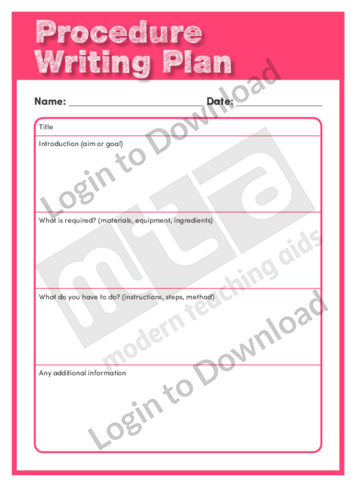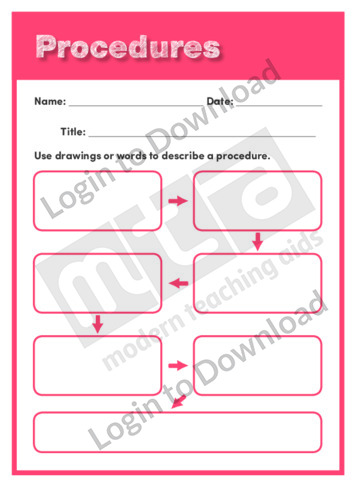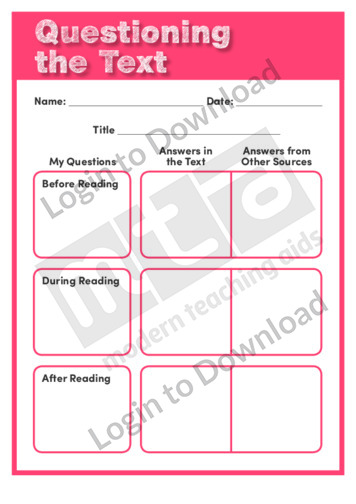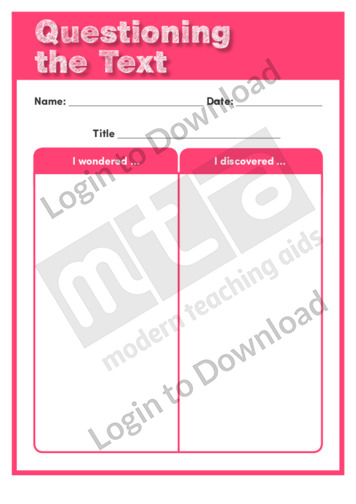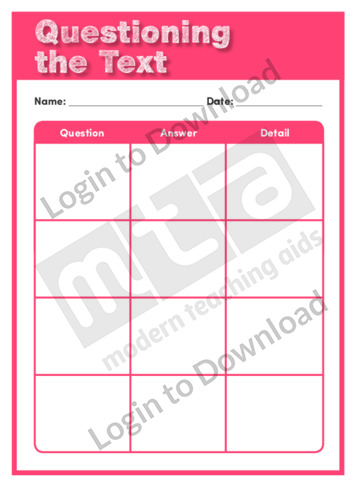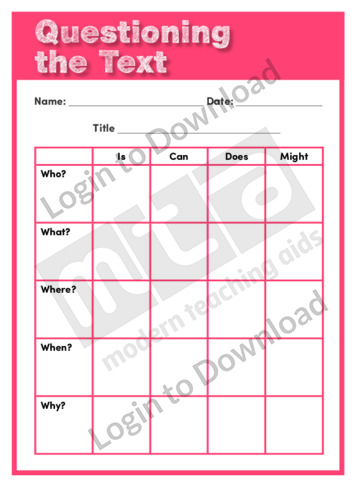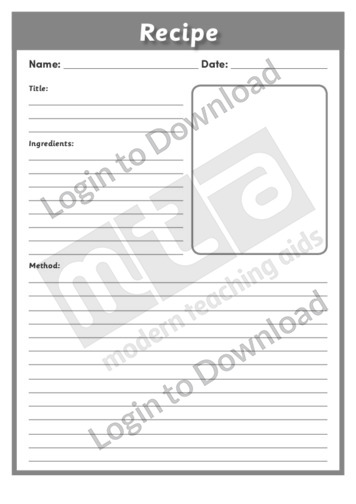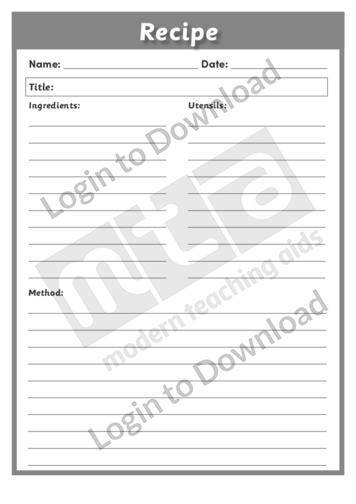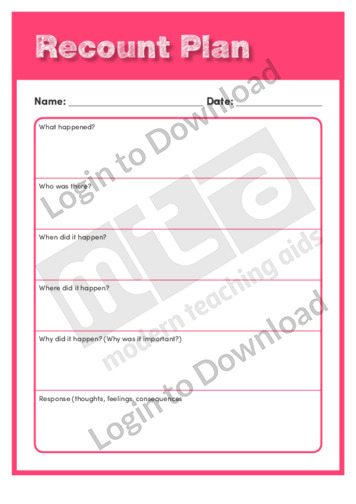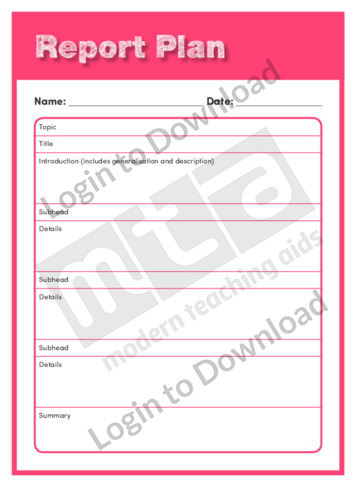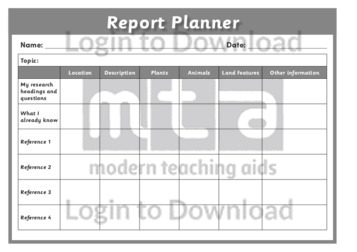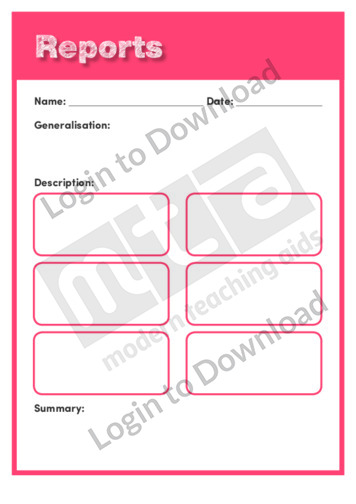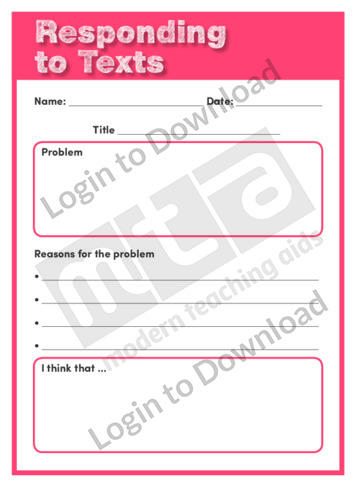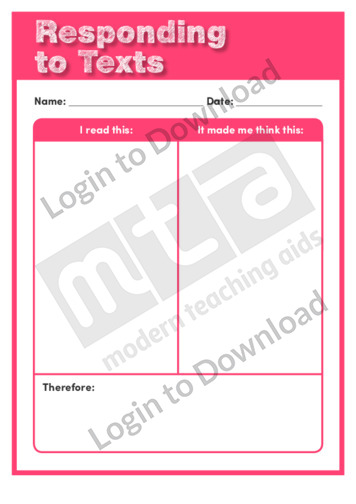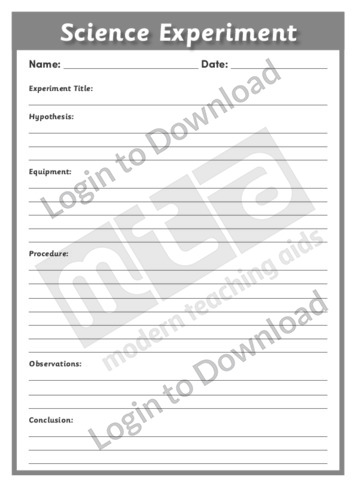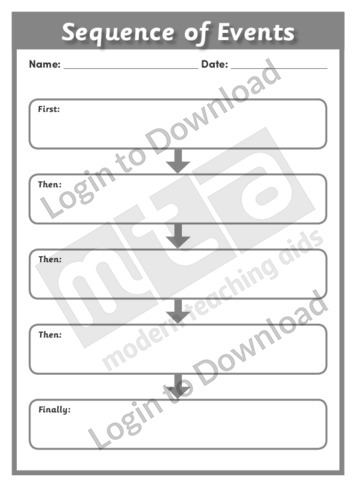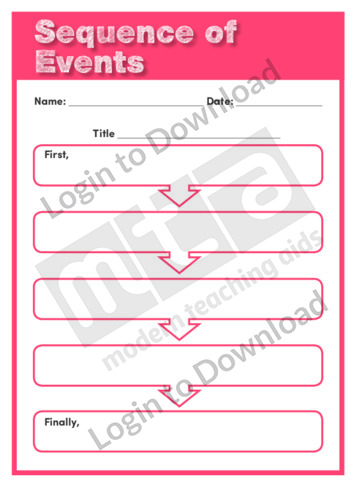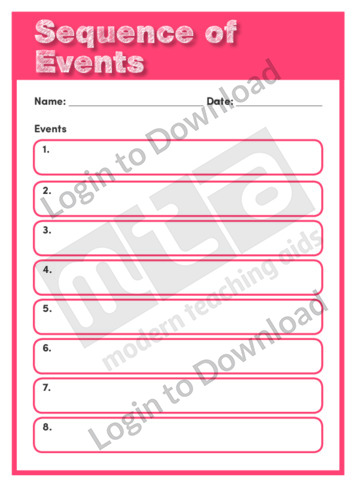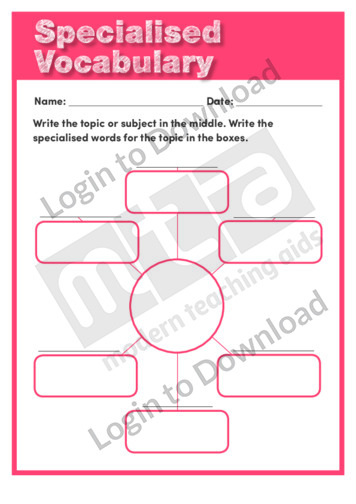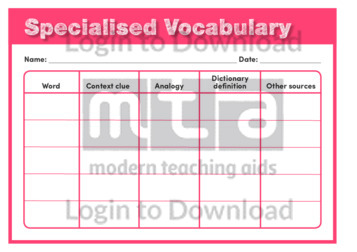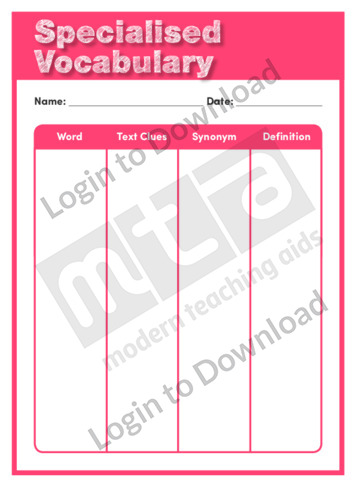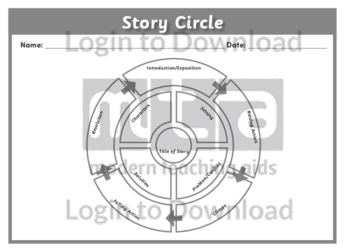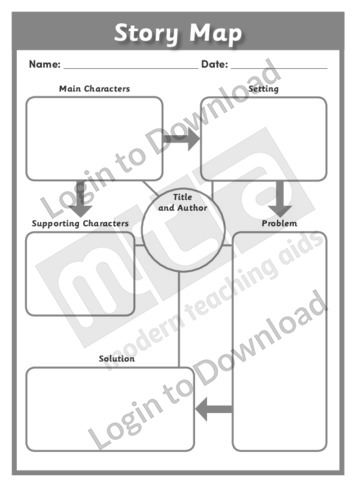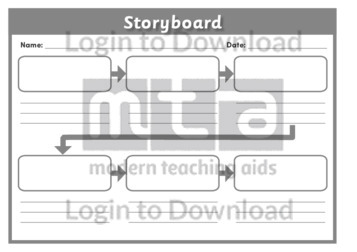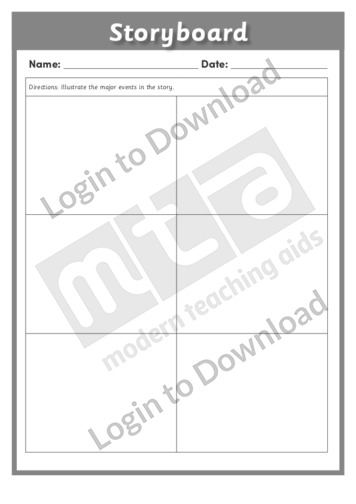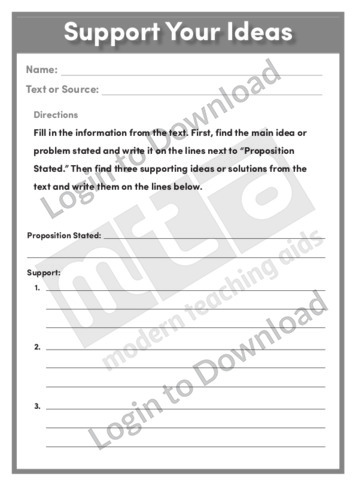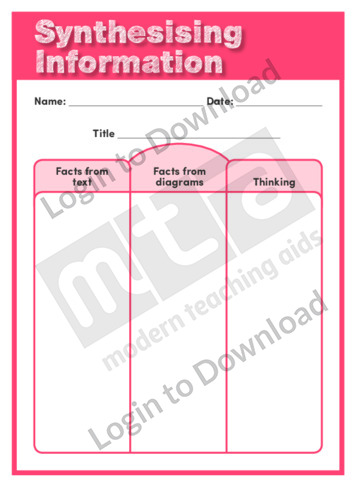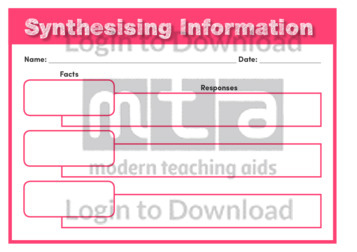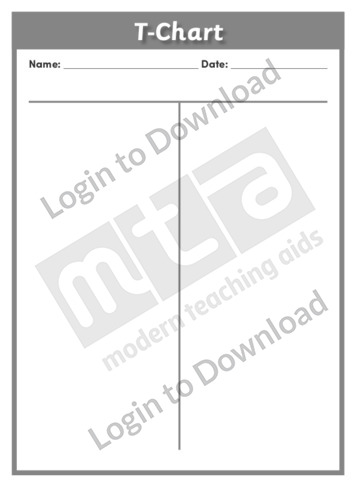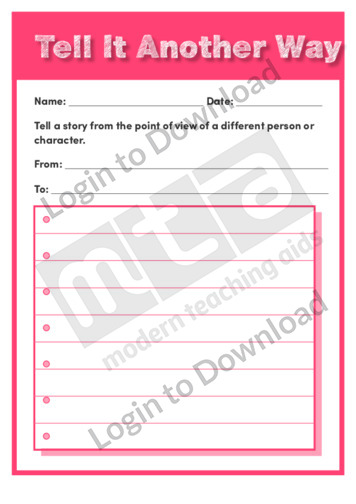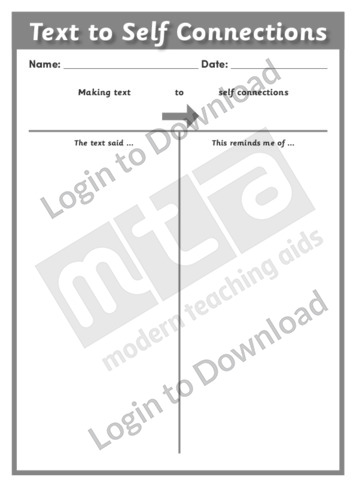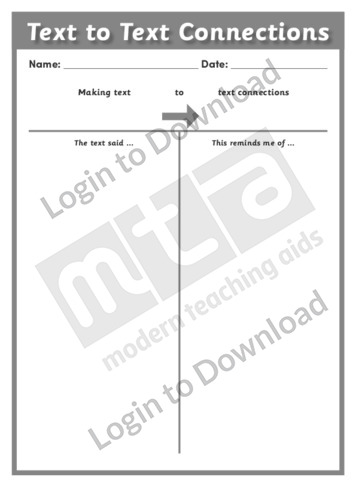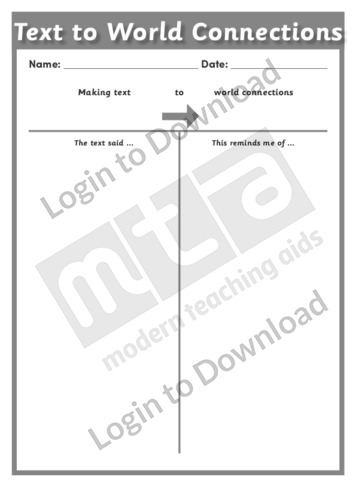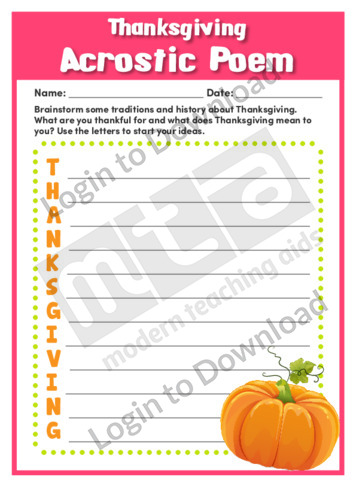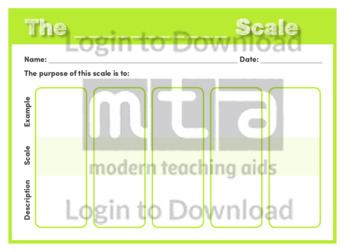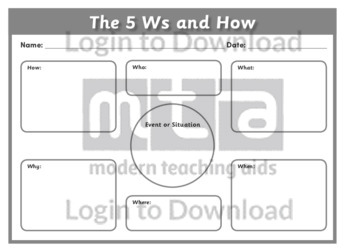This graphic organiser, ‘Math Think Board’ is an ideal resource for building connections between mathematical concepts. It provides students with the opportunity to visually represent their knowledge in a table, through representing the main mathematical idea using a story, the world, concrete materials and a drawing. Allowing students to transfer their knowledge into these different …More
This graphic organiser, ‘Metaphors and Similes’ supports the teaching of reading and writing by giving students a template for identifying the meaning of figurative language.
This graphic organiser, ‘My Family Tree’ introduces students to the concept of organising connections between family members using the visual representation of a tree. Students are prompted to add names or drawings of their family into the boxes that are clustered together. This is a great resource to scaffold more complex hierarchical family trees.
This graphic organiser, ‘Narrative Outline’ is a great resource to model the structure of a narrative. Students are prompted to identify the title of the narrative, outline the introduction including the characters, setting and time, discuss the problem of the story and conclude with the resolution. This blank graphical scaffold can be used during a …More
This graphic organiser, ‘Narrative Plan’ supports the teaching of writing by giving students a template for planning the features of a narrative.
This graphic organiser, ‘Narrative Planner’ is a great resource to model the structure of a narrative. Students are prompted to identify the title of the narrative, outline the introduction including the characters, setting and time, discuss the problem of the story and conclude with the resolution. This blank graphical scaffold can be used during a …More
This graphic organiser, ‘News Report’ supports the teaching of writing by prompting students to ask and record key questions about an event.
This graphic organiser, ‘Organising Information’ supports the teaching of reading and writing by giving students a template for main ideas and details as they read or plan for writing.
This content area reading learning activity, ‘Outline,’ helps students identify the main idea and supporting details in a text. It is aimed at enhancing students’ comprehension of the text by having them record important information in a graphic organiser.
This graphic organiser, ‘Outline Form’ helps students to prepare a paragraph. It encourages students to think about a topic sentence, supporting ideas and a conclusion.
This graphic organiser, ‘Outline Form’ helps students to write about the topic sentences and supporting details for different paragraphs.
This graphic organiser, ‘Paragraph Order’ helps students to organise information for a topic. It encourages students to think about a topic sentence, supporting ideas and a conclusion.
This graphic organiser, ‘Paragraph, Essay or Story Outline’ helps students to write a beginning, a middle and an ending. It encourages students to think about they want to write first, second and last.
This graphic organiser, ‘Paragraphs’ supports students to revise their writing by checking that their paragraphs are well-structured.
This graphic organiser, ‘Personal Connections’ supports the teaching of reading and writing by asking students to record their reaction to events they read or write about.
This graphic organiser, ‘Persuasive Writing Plan’ supports the teaching of writing by giving students a template for planning the features of persuasive writing.
This graphic organiser, ‘Persuasive Writing: Proposals’ supports the teaching of writing to put forward a proposal across the curriculum by providing a template to frame thinking and writing.
This graphic organiser, ‘Planning for a Purpose’ supports the teaching of writing by giving students a template to plan aspects of writing.
This graphic organiser, ‘Problem/Solution’ helps students to list problems by asking who, what and why. It encourages students to come up with possible solutions.
This graphic organiser, ‘Procedural Writing Plan’ supports the teaching of writing by giving students a template for planning the features of a procedure.
This graphic organiser, ‘Procedures’ supports the teaching of writing by giving students a template for recording the steps in a procedure.
This graphic organiser, ‘Procedures’ supports the teaching of writing and science experiments by giving students a template for recording the steps in a procedure.
This graphic organiser, ‘Questioning the Text’ supports the teaching of comprehension and reading strategies by prompting students to ask questions and search for answers as they read.
This graphic organiser, ‘Questioning the Text’ supports the teaching of comprehension and reading strategies by prompting students to ask questions and search for answers as they read.
This graphic organiser, ‘Questioning the Text’ supports the teaching of reading strategies by prompting students to ask and record their questions as they read.
This graphic organiser, ‘Questioning the Text’ supports the teaching of comprehension and reading strategies by prompting students to ask questions and search for answers as they read.
This graphic organiser, ‘Recipe’ helps students understand the process of procedural writing through the use of a recipe scaffold. This resource gives students the opportunity to develop their understanding of the structure of a recipe and sequence ideas using the appropriate language of instruction. It is a great foundation to more complex procedural writing.
This graphic organiser, ‘Recipe’ helps students understand the process of procedural writing through the use of a recipe scaffold. This resource gives students the opportunity to develop their understanding of the structure of a recipe and sequence ideas using the appropriate language of instruction. It is a great foundation to more complex procedural writing.
This graphic organiser, ‘Recount Plan’ supports the teaching of writing by giving students a template for planning the features of a recount.
This graphic organiser, ‘Report Plan’ supports the teaching of writing by giving students a template for planning the features of a report.
This graphic organiser, ‘Report Planner’ is a great planning tool that encourages students to brainstorm questions that can lead to research. This table helps students to visualise connections between what is already known about a chosen topic and new research findings from various sources. Planning is an important aspect to research and enables students to …More
This graphic organiser, ‘Reports’ supports the teaching of comprehension and writing by giving students a template for analysing or planning to write a report.
This graphic organiser, ‘Responding to Texts’ supports the teaching of reading by giving students a template for recording problems, reasons and responses as they read.
This graphic organiser, ‘Responding to Texts’ supports the teaching of reading by giving students a template for recording their thoughts and responses as they read.
This graphic organiser, ‘Science Experiment’ helps students understand the process of procedural writing through the use of a science experiment graphical scaffold. This resource gives students the opportunity to recognise the structure of an experiment and sequence ideas using the appropriate language of instruction. It is a great foundation to more complex procedural writing.
This graphic organiser, ‘Sequence of Events’ provides students with a scaffold to logically order parts of a story. Understanding the need to sequence events for accurate comprehension can be a challenging concept for some students. This resources segments the story into sections with prompts such as, first, then and finally so that students can recognise …More
This graphic organiser, ‘Sequence of Events’ supports the teaching of reading and writing by prompting students to identify the order of events as they read and write.
This graphic organiser, ‘Sequence of Events’ supports the teaching of writing by prompting students to identify the order of events as they plan their writing.
This graphic organiser, ‘Similarities’ provides a blank mind map to assist students in organising the similarities between two concepts. Having students evaluate and analyse ideas and then organise these ideas visually, provides a scaffold for all students to engage with higher-order thinking skills. It can be used as a whole class pre-writing activity or individually …More
This graphic organiser, ‘Smooth Writing’ prompts students to consider ways to make connections within sentences and paragraphs.
This graphic organiser, ‘Specialised Vocabulary’ supports the teaching of vocabulary and comprehension by giving students a template for identifying specialised words for a topic.
This graphic organiser, ‘Specialised Vocabulary’ supports the teaching of vocabulary, writing and science literacy by giving students a template for identifying specialised words for a topic.
This graphic organiser, ‘Specialised Vocabulary’ supports the teaching of vocabulary and comprehension by asking students to identify text clues and synonyms as they explore specialised vocabulary.
This graphic organiser, ‘Story Circle’ consists of three circles within each other and is a great resource to model the complex elements of the narrative structure. Within the two inside circles students are prompted to summarise the title, characters, setting, conflict and solution. Within the outside circle students are given the opportunity to explore the …More
This graphic organiser, ‘Story Map’ is a great resource to model the structure of a narrative. Students are prompted to identify the title and author, the main and supporting characters and the setting, problem and solution. This blank scaffold can be used during a whole class pre-writing brainstorm or during post-reading comprehension activities.
This graphic organiser, ‘Story Structure’ provides students with a scaffold to logically order parts of a story. Understanding the need to sequence events for accurate comprehension can be a challenging concept for some students. This resources segments the story into plot sections with prompts of, beginning, middle and end so that students can recognise the …More
This graphic organiser, ‘Storyboard’ combines skills in brainstorming and mind mapping to visually represent the relationship between sequential events. It can be used as a pre-writing task, to logically organise ideas, or a post-reading comprehension activity.
This graphic organiser, ‘Storyboard’ encourages students to visually represent the relationship between sequential events using four illustrations. This resource is particularly useful when working with younger or lower ability levels and can be a great tool when exploring a sequence of events with students learning English as their second language. It can be used as …More
This content area reading learning activity, ‘Support Your Ideas,’ helps students find the main idea and supporting details in a text. It is aimed at enhancing students’ comprehension of the text through the use of a graphic organiser to record the main idea and supporting details.
This graphic organiser, ‘Synthesising Information’ supports the teaching of comprehension and reading strategies by prompting students to combine facts from words and diagrams as they read a text.
This graphic organiser, ‘Synthesising Information’ supports the teaching of comprehension and writing across the curriculum by prompting students to consider and respond to facts as they read and write.
This graphic organiser, ‘T-Chart’ provides students with a simple format to help make comparisons between ideas and concepts. This T-chart will encourage the use of higher-order, critical thinking when analysing two separate viewpoints. For example, the t-chart is valuable when examining positives and negatives, strengths and weaknesses or even the differences between topics. It is …More
This graphic organiser, ‘Tell It Another Way’ supports the teaching of reading and writing by giving students a template for recording a different point of view as they read or plan for writing.
This graphic organiser, ‘Text Organisation: Biography’ supports the teaching of text structure and developing ideas by providing students with a template for planning their writing.
This graphic organiser, ‘Text to Self Connections’ assists students in developing comprehension and critical reflection skills. The use of a T-chart creates visual connections between features of the text and personal experiences. Being able to make connections is important when engaging with what is read and through using the Text to Self Connections resource, teachers …More
This graphic organiser, ‘Text to Text Connections’ assists students in developing comprehension and critical reflection skills. The use of a T-chart creates visual connections between features of the text studied, and features of related texts. Being able to make connections is important when engaging with what is read and through using the Text to Text …More
This graphic organiser, ‘Text to World Connections’ assists students in developing comprehension and critical reflection skills. The use of a T-chart creates visual connections between features of the text and world events. Being able to make connections is important when engaging with what is read and through using the Text to World Connections resource, teachers …More
This graphical organiser, ‘Thanksgiving Acrostic Poem’ is a fantastic quick activity to think about what they have to be thankful for. It is a fun resource that can be used without preparation across all age groups and abilities. Students are required to use the letters from the word ‘Thanksgiving’ to list things that they are …More
This graphic organiser, ‘The ____ Scale’ supports the teaching of writing and earth science by giving students a template for creating a scale to organise information.
This graphic organiser, ‘5 Ws and How’ provides a structured diagram that helps students identify who, what, when, where, why and how of a situation or event. It is a great visual tool that can be used as either a pre-writing task to logically brainstorm ideas or a post-reading, comprehension activity.
It�s that easy!

